|
0 Comments
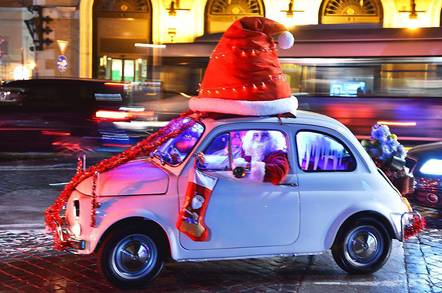 While La Bafana, the good Christmas Witch is something only found in Italy, Santa is really the same all over the world, but in Italy, his name is Babbo Natale--Daddy Christmas. Babbo Natale is who we call Santa Claus in the States, or Saint Nick or more formally, Saint Nicholas, but his roots are in many European countries' traditional folklore. To the French, he is Pere Noël (Father Christmas), Father Christmas in England, Julenisse (Christmas Elf) in Scandanavia , Sinterklaas in the Netherlands, and Sankt Nikolaus or Weihnachtsmann in Germany. All children know that Santa Claus comes from the North Pole, is bearded and overweight and that on Christmas Eve brings presents to children around the world traveling on a sleigh pulled by reindeer. They also know that he is magic--the reason why he can pull off this time-stopping feat, somehow getting into each and every house, whether or not it has a chimney. But the idea of Santa Claus was really born on the shores of the Mediterranean, evolves later on in Northern Europe and assumes its final form (Santa Claus) in the New World as an advertising gimmick. Santa Claus, as we know him today in American, was made popular throughout the world by Coca Cola ads and Clement Moore's story "A Visit from St. Nicholas" ('Twas the Night Before Christmas) so there are many similarities. They all are kind and give presents. Most wear red. Some are fat and short, others are thinner and taller. Santa has a sleigh pulled by eight reindeer, and so does Babbo Natale. Their names are a bit different, though: Cometa, Ballerina, Fulmine, Donnola, Freccia, Saltarello, Donato, Cupido (in place of our Comet, Dancer, Dasher, Prancer, Vixen, Donder, Blitzen, Cupid). In reality, in the beginning there was St. Nicholas, a greek born around 280 AD who became bishop of Myra, a Roman town in the south of Asia Minor (modern day Turkey). Nicholas earned a reputation as a fierce defender of the Christian faith in the years of persecution and spent many years in prison. None of the early representations of St. Nicholas look fat and jolly. As recently proven by forensic anthropological studies of the saint's actual remains resting in a cathedral in Bari, Puglia, Nicholas was an thin, old man, with olive skin, a broken nose with a beard and gray hair. So much for that jolly, red nose and rosey cheeks.
When we visited Sorrento, our impression was a place for the Oh-so-Chic, with expensive shops, gourmet ristoranti, over-priced hotels and perfectly tailored gardens. Little did we know that right in the heart of this tourist Mecca with amazing views of Bay of Naples and Mount Vesuvius was an example of nature taking over what Man had built before... The Valli dei Mulini (Vallone dei Mulini, singular) are actually two deep gorges where abandoned mill buildings from centuries past have been taken over by Madre Natura and turned into a nature preserves, often looking like they deserve to be in one of the Lord of the Rings stories. 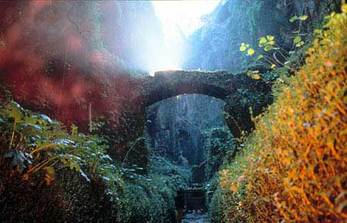 The abandoned mills in Sorrento are in an ancient gorge formed 35,000 years ago during an explosive volcanic eruption. You can easily find the valley adjacent to Via Fuorimura, just behind Piazza Tasso, and can be visited on foot. One of the hiden gems of Sorrento, this site is known for the variety of unique plants and ferns, growing in their own microclimate--a shady, moist evironment clinging to both the abandoned mill buildings and structures and the native tufa rock. Further east, as the road comes upward from Naples toward the Amalfi Coast (just east of the town of Gragnano), there are abandoned mills alongside the Via del Presepe, winding through its millstream gorge. The Via del Presepe is a very narrow, cobblestone paved road, so don't drive it with an overly wide vehicle. 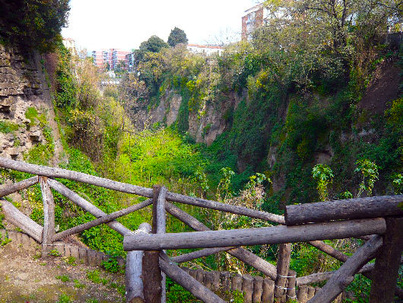 The view from Sorrento's Parco Ibsen The view from Sorrento's Parco Ibsen For more than 700 years the mills in these unique valleys produced flour, reaching a peak in the 18th century when producing over a million bushels of wheat flour each year. They utilized water from the Vernotico River for power. During times of drought, they filled tall towers with water for use by the people living in the surrounding Naples region. In the 10th century, a sawmill was also in operation. Inevitably, they became unprofitable and in the 1940’s the mills became overgrown and abandoned. Today, there are walking tours of the Vallone in Sorrento and you can easily drive streamside to see the mills near Gragnano. Bring your cameras, water colors and leaf folios... --Jerry Finzi 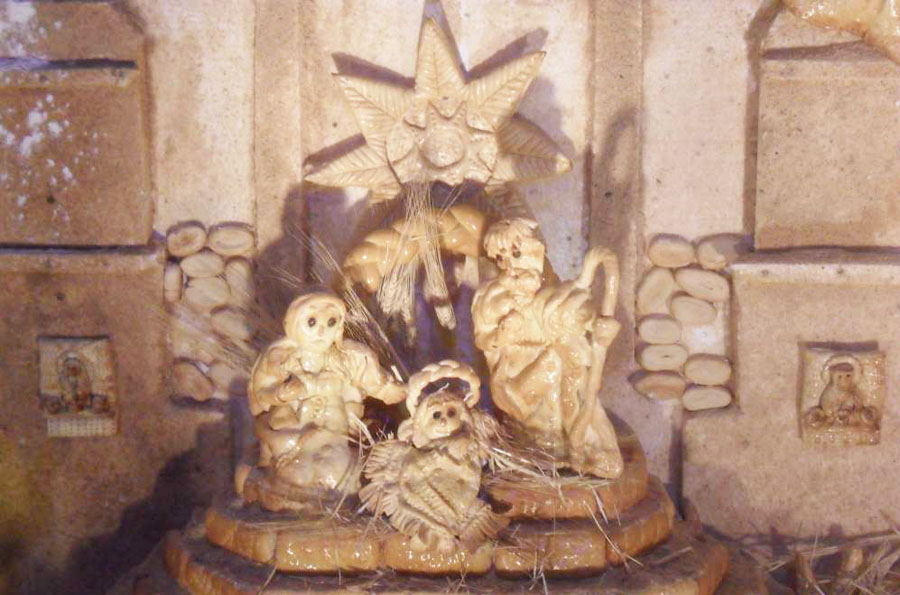 Each year at Christmastime, inside the church of St. Isidore Agricola in Palermo, an ancient brotherhood of bakers creates a Presepe di Pane (Christmas Nativity of Bread) made entirely of bread, and they've been doing so since 1991. The Presepe of artistic bread is baked and displayed in the beautiful Chiesa St. Isidoro Agricola (...of the Bakers). St. Isidore was built in 1643, belonged from the beginning to the Society of Bakers. The Presepe is made completely out of bread, a representation of the importance and symbolism of bread to Catholics... Bread is the Christ. All the characters are made painstakingly by the skilled hands of the bakers. The Presepe di Pane is on display from December 9 to January 6 hours 9: 30-12: 00 16: 00-19: 00 Here is a video (in Italian) that profiles the Presepe di Pane.... In the next video, a baker-artisan works his magic and creates a detailed human figure. If you bake, this is well worth watching! --Jerry Finzi
If you enjoyed this article, please SHARE it and LIKE it on your favorite social media site. Buon Natale! We also have pages on: Google+ StumbleUpon |
Categories
All
Archive
June 2024
|


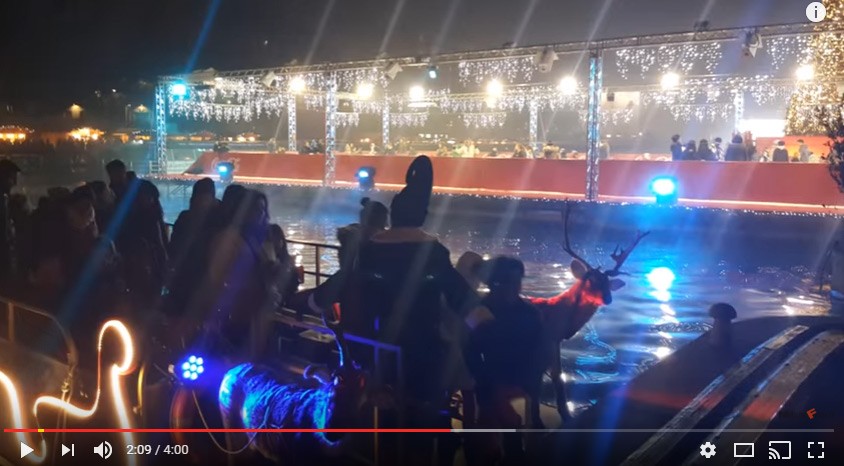

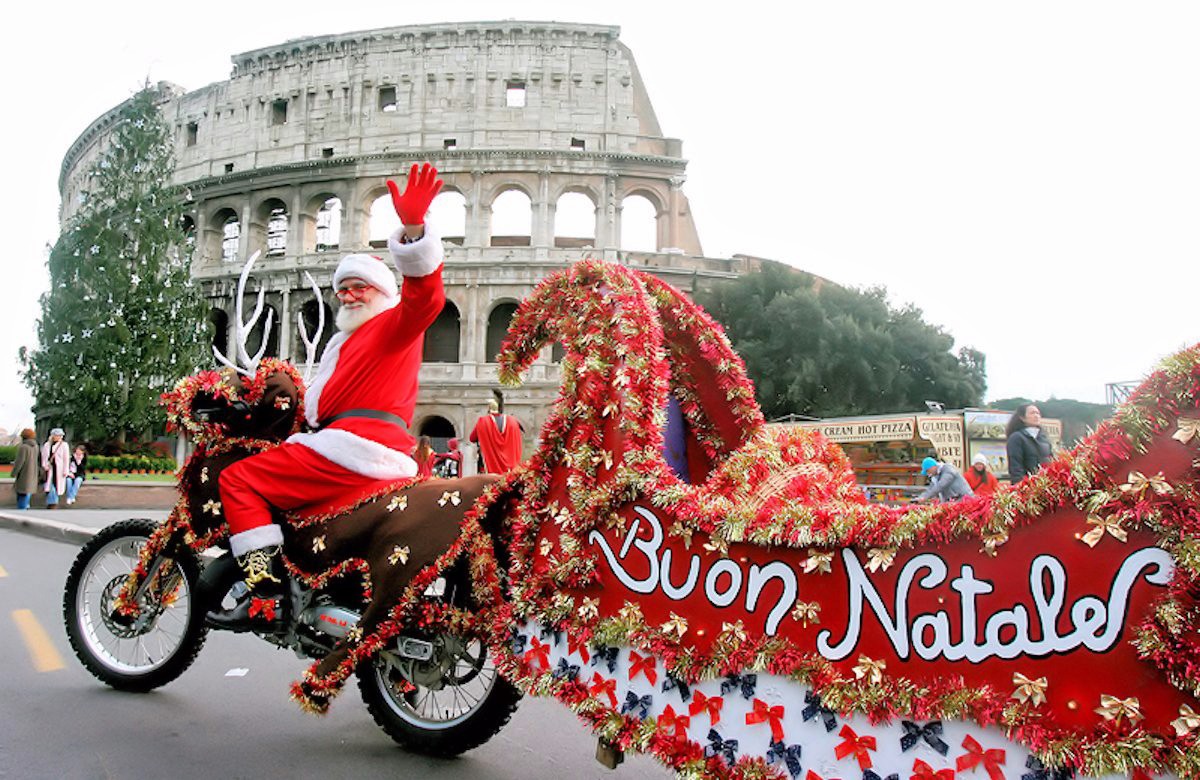
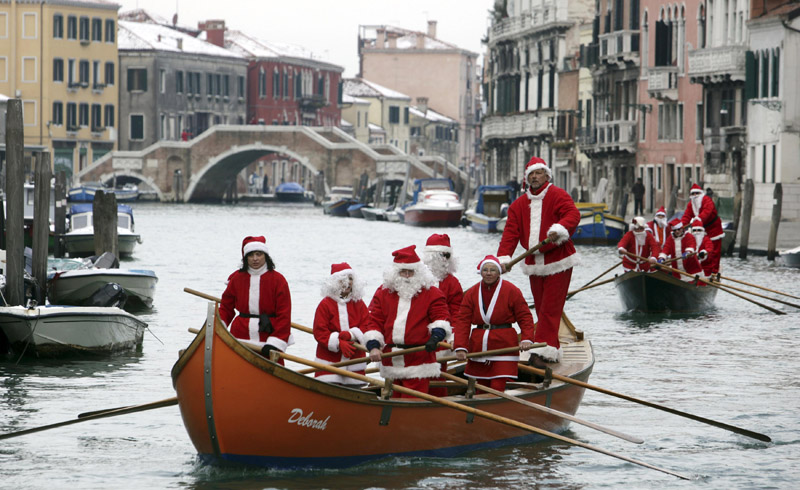




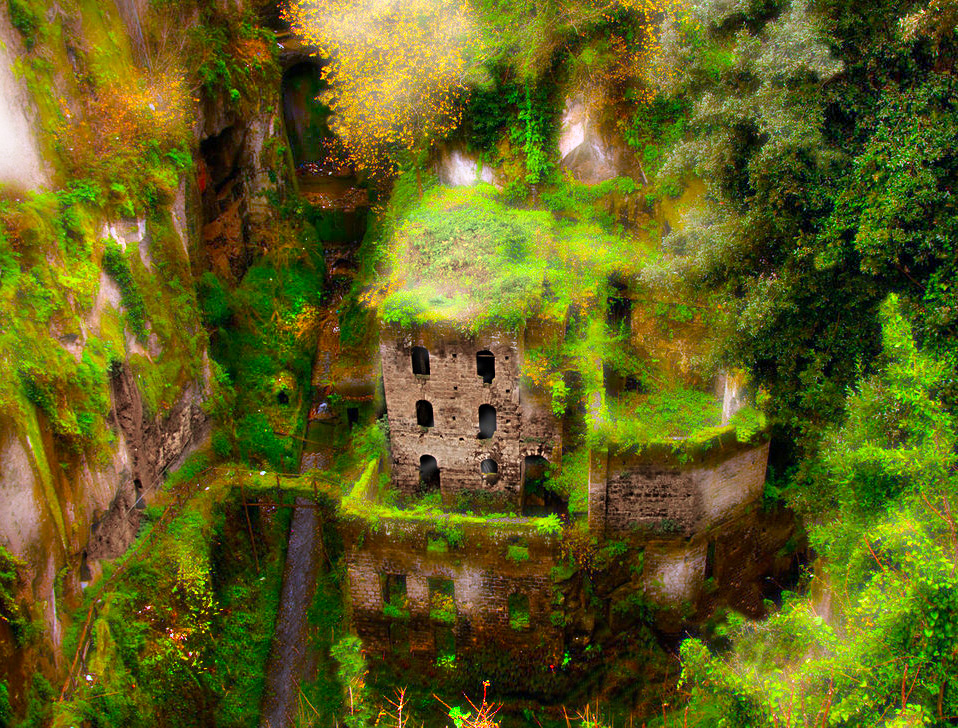
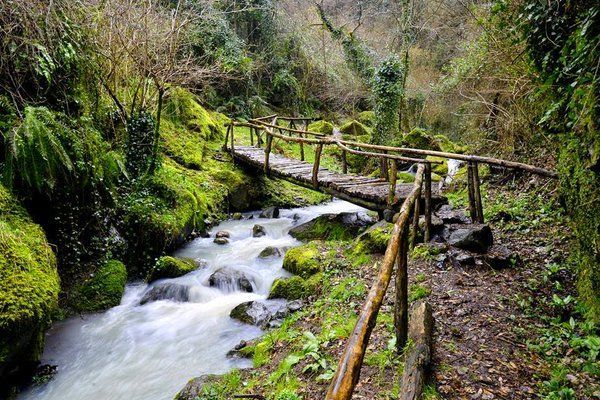
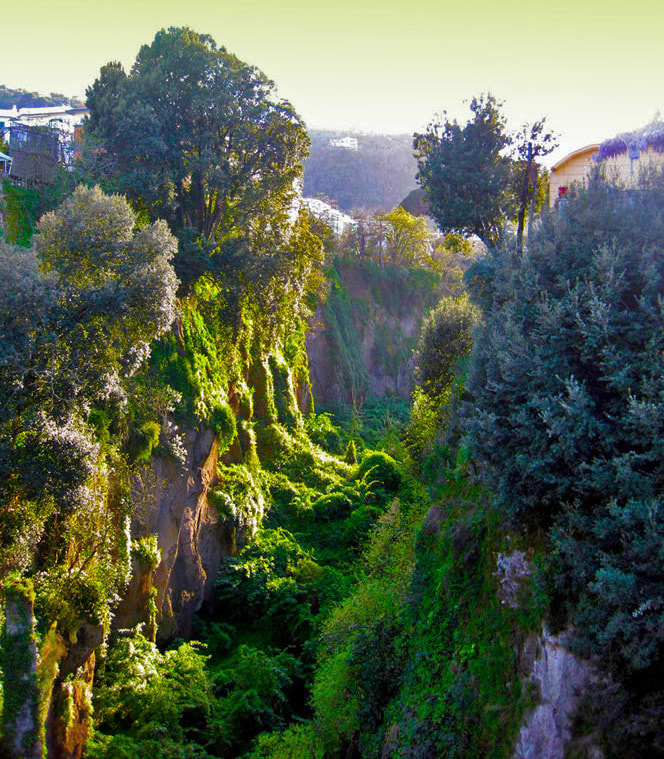
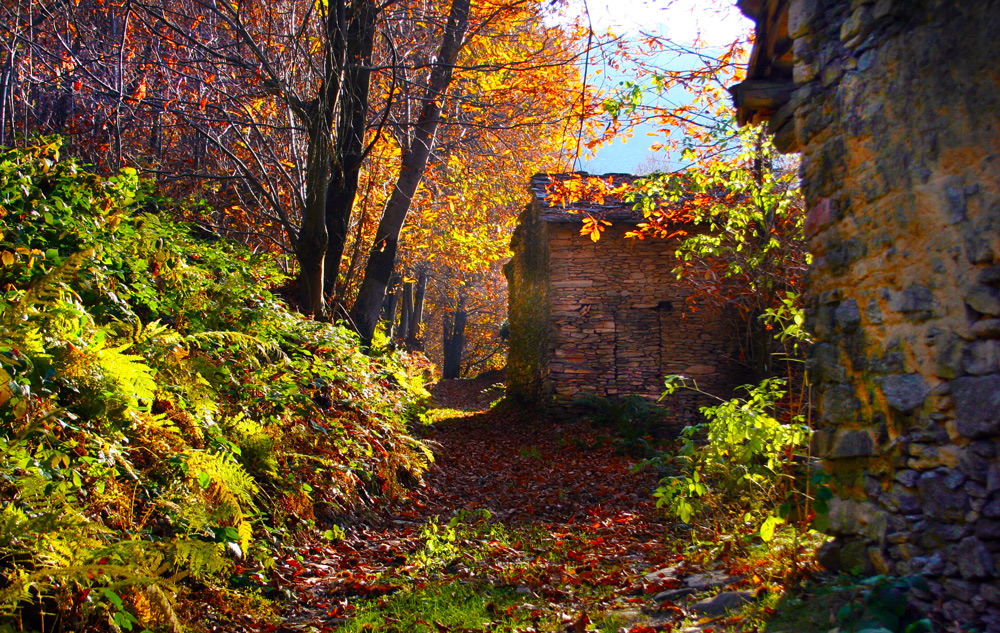
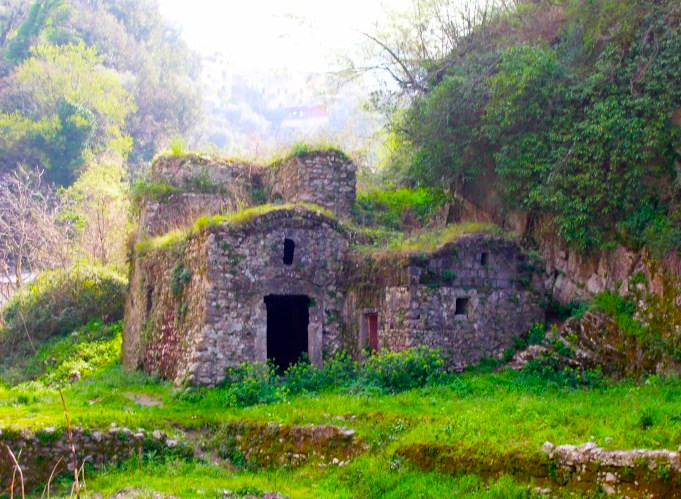
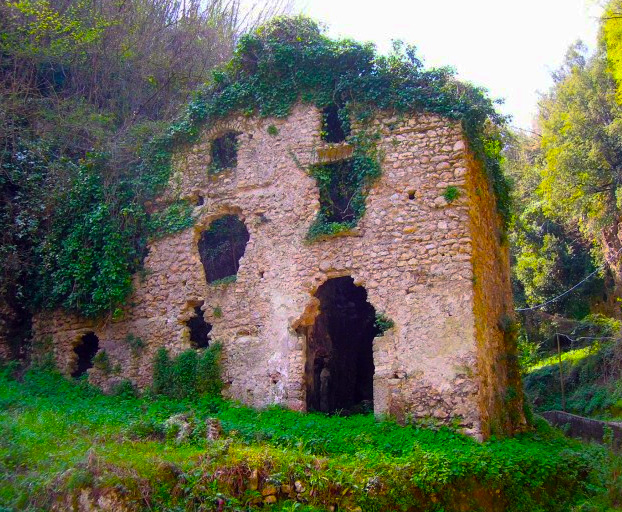

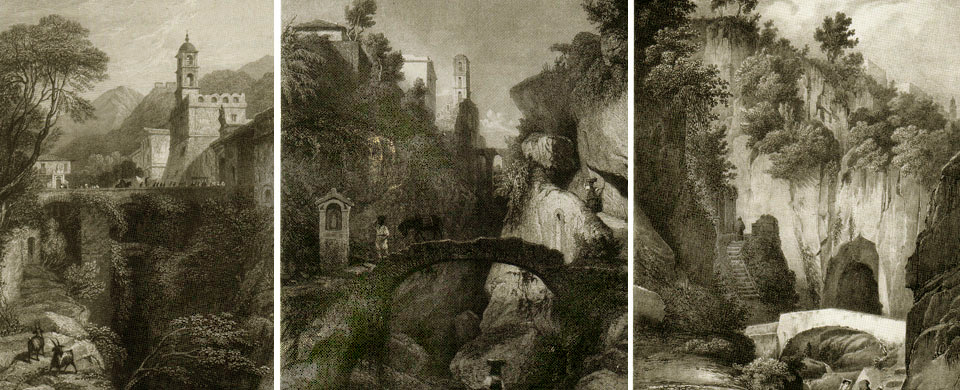
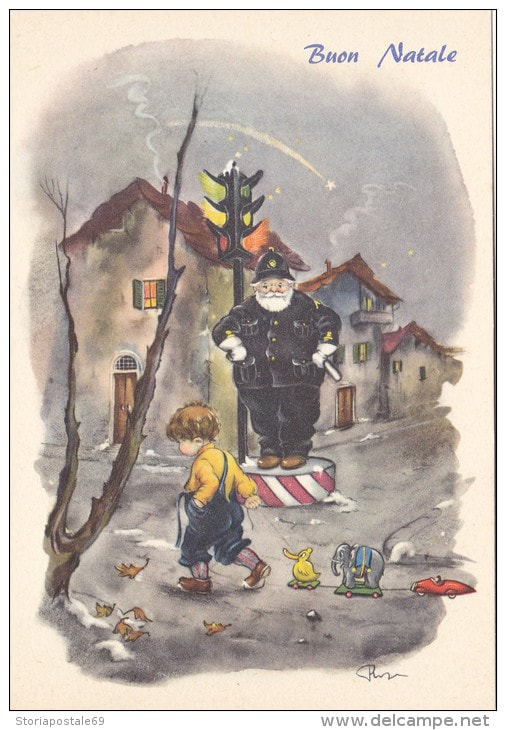
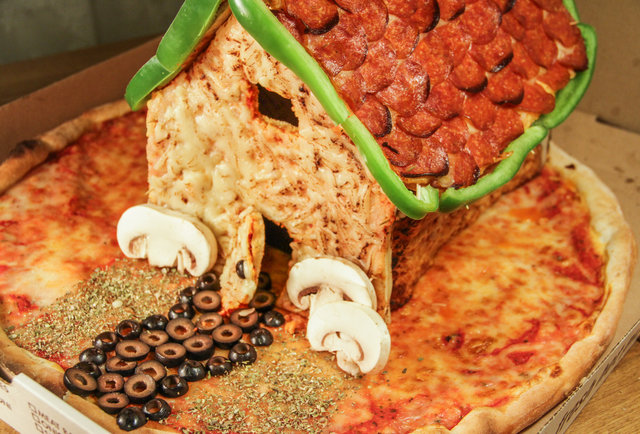
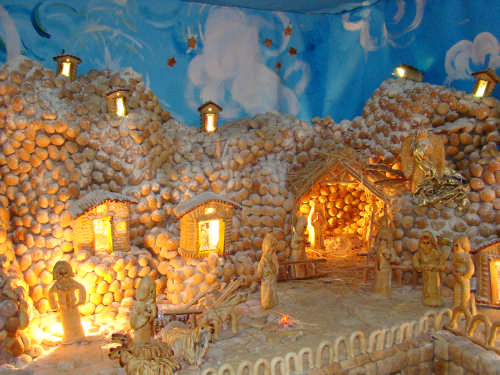
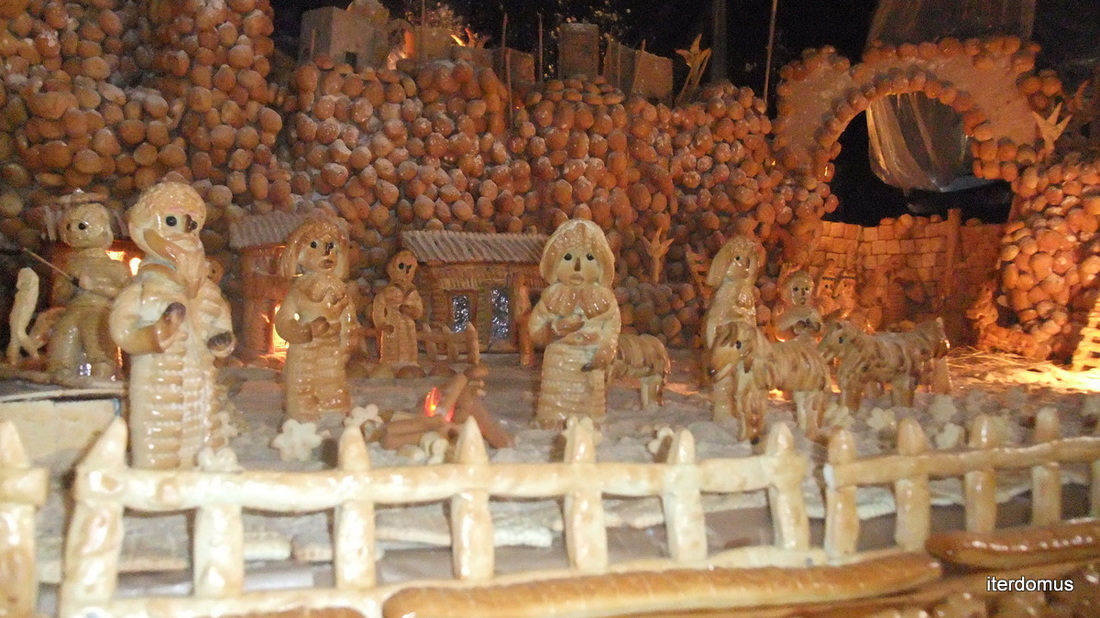
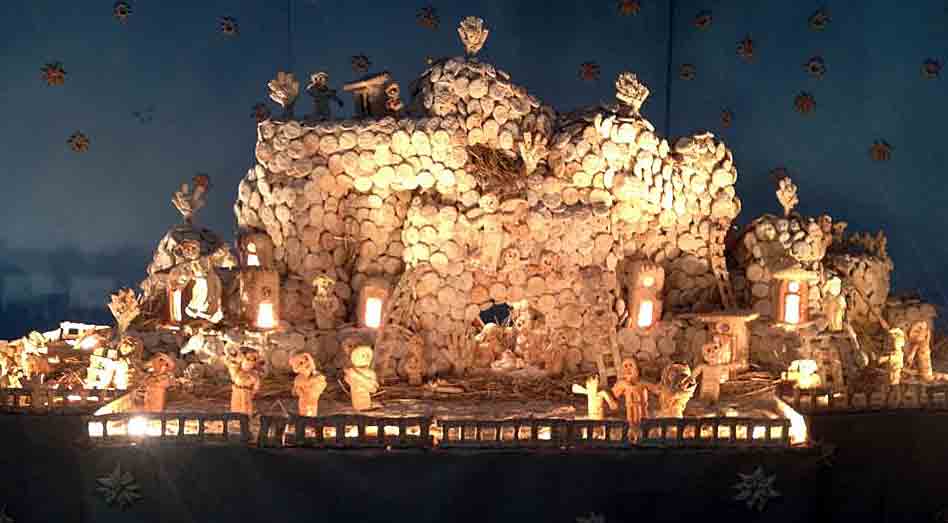
 RSS Feed
RSS Feed
